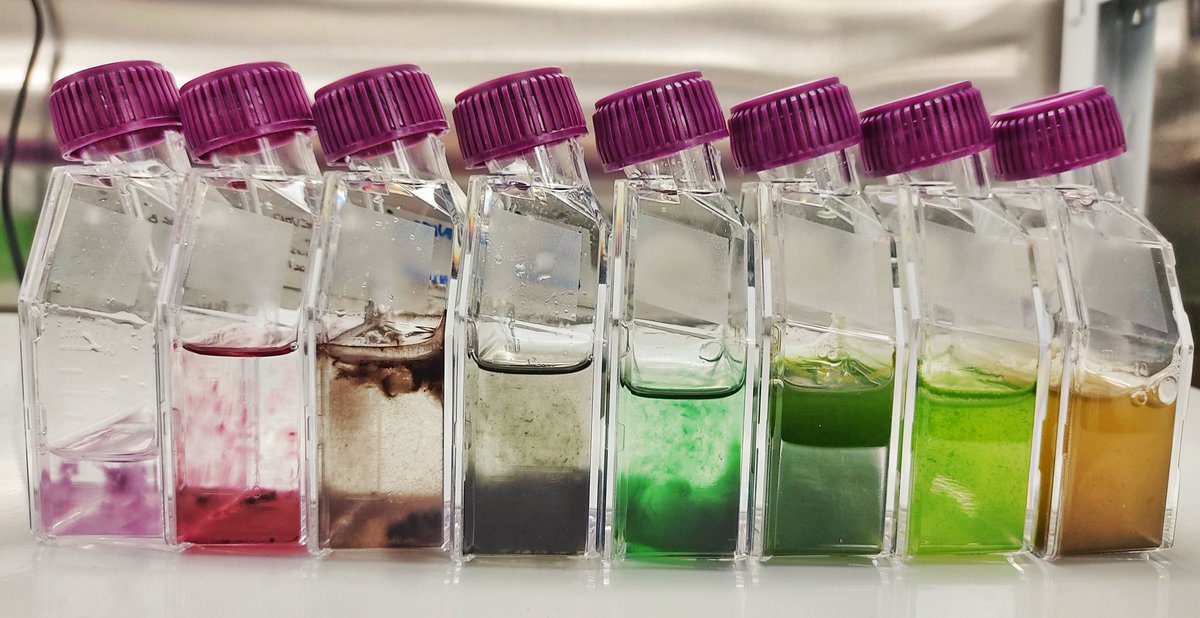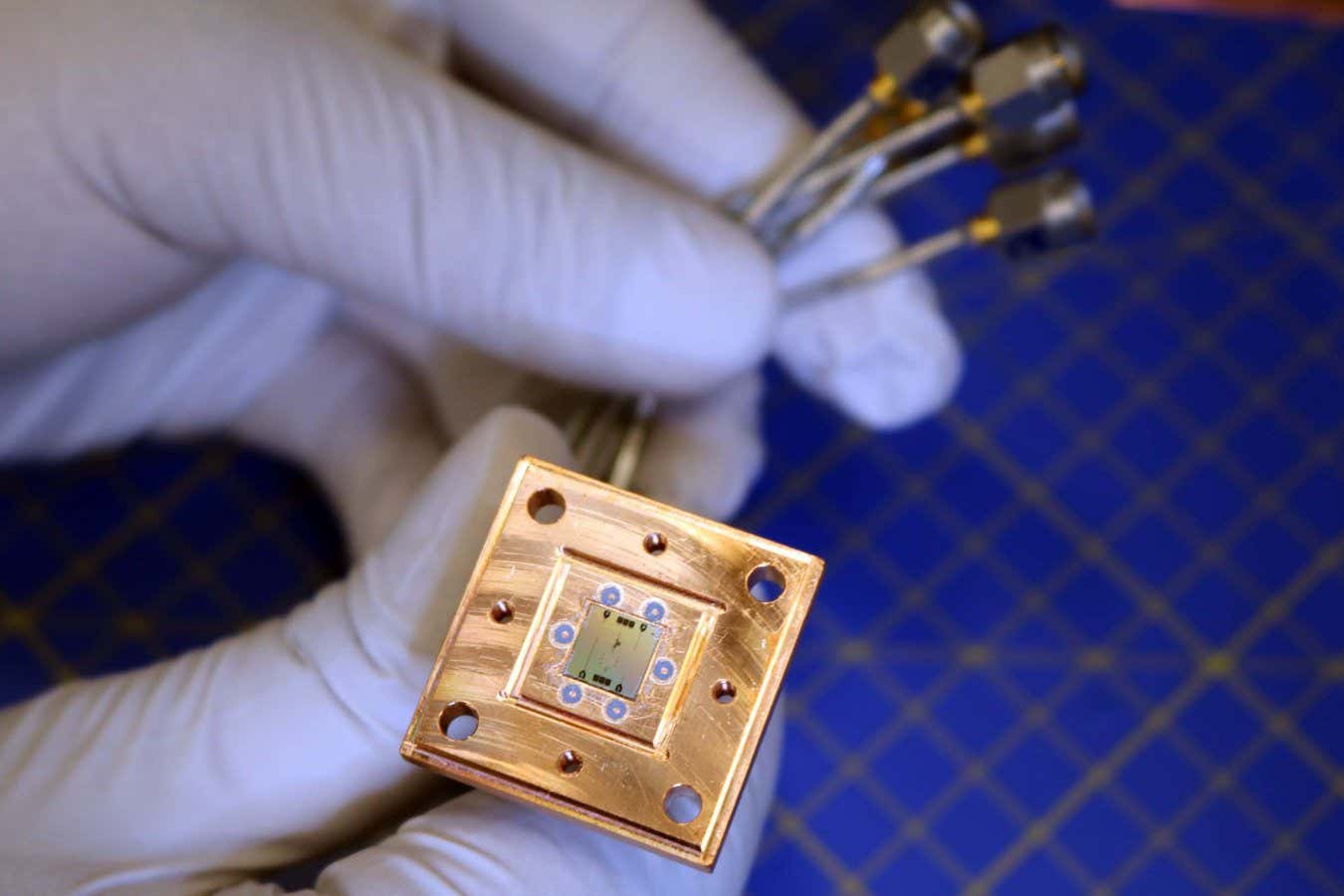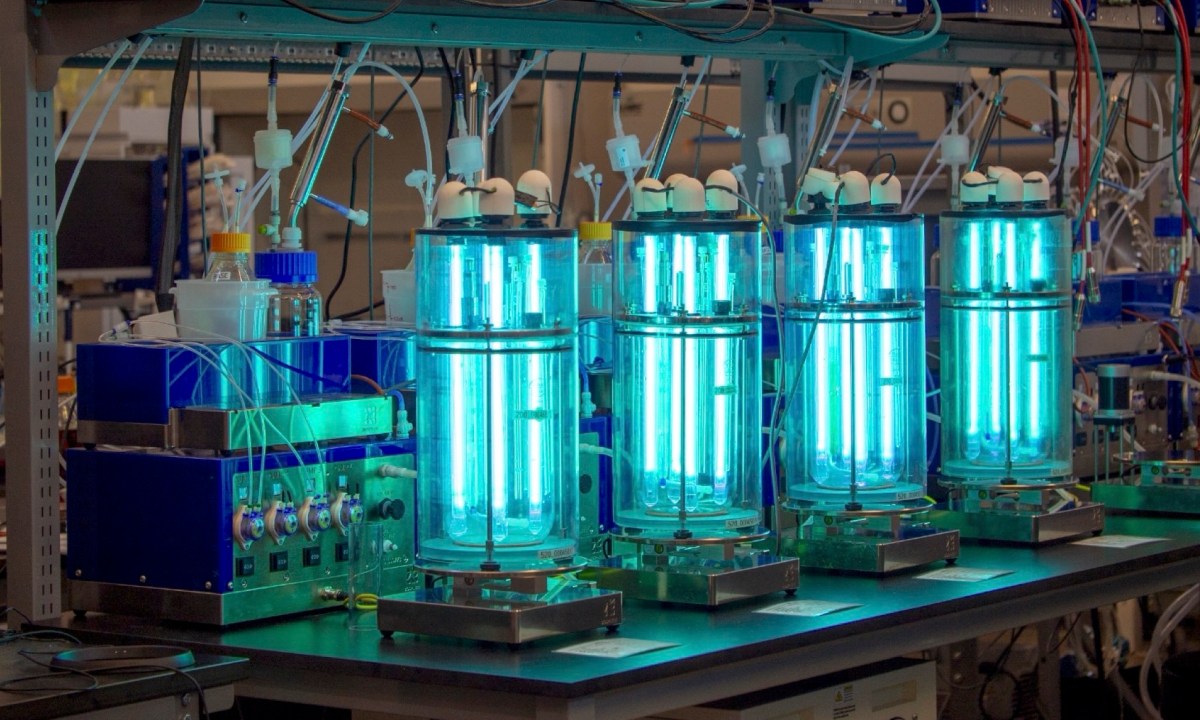Lake Erie is one of several Midwestern lakes that is plagued by harmful algal blooms (HABs) in the summer months. If you live near one, you may have seen the green “pond scum” floating on the surface or heard about the potent toxins that are released into the water, endangering both ecosystems and public health. Generally, HABs threaten the valuable services that freshwater ecosystems provide, like access to drinking and irrigation water, and can also kill fish and other animals.
Many severe blooms are caused by a group of prokaryotes called cyanobacteria, formerly known as “blue-green algae” even though they are not algae at all. These small, carbon dioxide-eating machines first began performing photosynthesis to produce oxygen billions of years before plants appeared on land, which set the stage for oxygen-consuming organisms to develop. Cyanobacteria can be found in environments around the world, from the open ocean where a few key groups act as primary producers that provide nearly half of the world’s oxygen to hot springs where they form spectacularly colorful mats and act as important nutrient cyclers.
While not all cyanobacteria are harmful, those that form cyanobacterial HABs, or cHABs, can cause serious problems when they grow to high densities. However, these cyanobacteria do not act alone – they have special sidekicks that help them survive and thrive. You may already be familiar with the concept of the human gut microbiota, a complex community of around one thousand trillion microbes that work together to help us digest our food and fight off gut infections, among their many functions. Similarly, many cyanobacteria in nature are also supported by communities of other, non-photosynthetic bacteria.

One well-studied cyanobacterium is Microcystis aeruginosa, which causes cHABs in freshwater environments around the world, including many Midwestern lakes. Besides producing potent toxins called microcystins, M. aeruginosa also secretes extracellular polymeric substances (EPS). These sticky carbohydrate molecules join individual M. aeruginosa cells together into larger colonies and house the bacterial community, which provides the cyanobacteria with essential nutrients. In fact, M. aeruginosa produces more EPS in the presence of other bacteria compared to when it is grown alone, suggesting that it tries to recruit the community’s services by providing it a place to call home.
Although M. aeruginosa can grow without it, the bacterial community boosts the cyanobacterium’s growth and contributes to its worldwide distribution and dominance among bloom-causing cyanobacteria. Researchers have now started to take on the challenge of uncovering these communities’ inner workings, which could help us to understand how and why blooms form and persist.
Into the HAB-verse
As Lake Erie is no stranger to M. aeruginosa blooms, it is a fruitful place to conduct this research. For example, by sequencing the DNA of non-photosynthetic bacteria from Lake Erie blooms, researchers can predict their functions to better understand their interactions with M. aeruginosa. However, these functions remain speculative, as DNA sequencing alone cannot confirm that these functions are actually being carried out. In fact, relatively few interactions between cyanobacteria and non-photosynthetic bacteria have been directly observed in the lab – especially among freshwater communities.
One example of such an interaction between cyanobacteria and non-photosynthetic bacteria is carbon cycling, which is essential for maintaining the bacterial community. While cyanobacteria can produce energy through photosynthesis using only sunlight, water, and carbon dioxide, non-photosynthetic bacteria cannot make their own food. Their sustenance comes from the cyanobacteria, which release small molecules into the surrounding environment. Some more specialized species can also consume cyanobacterial EPS, as they can break down the complex carbohydrates it contains.
However, carbon exchange might not be a one-way street, as non-photosynthetic bacteria may also be capable of producing additional carbon dioxide for M. aeruginosa to use. This reciprocity could be particularly important when the bloom is in full swing. During this time, changes in the water’s chemical properties make carbon dioxide less available to the photosynthesizing cyanobacteria, hindering their growth. However, this added source of carbon dioxide could help to sustain the cyanobacteria even when blooms are very dense.
Keeping the bloom going
Like with carbon, efficient cycling of nitrogen is also crucial. Nitrogen is a key building block for DNA and other cellular molecules; when in low supply, it can limit cyanobacterial growth during blooms. In fact, non-photosynthetic bacteria seem to be the sole providers of this essential nutrient to M. aeruginosa, which, unlike some other cyanobacterial species, cannot take up nitrogen from the air. This nitrogen cycling service appears to be so efficient that it can sustain bloom-forming cyanobacteria when there is little nitrogen around.
Beyond contributing extensively to nutrient recycling in the cHAB ecosystem, non-photosynthetic bacteria can also produce or deactivate compounds that regulate the growth of their cyanobacterial partners. For example, several species of bacteria associated with M. aeruginosa blooms in Lake Erie are capable of producing auxins, hormones that promote the growth of both cyanobacteria and plants. Meanwhile, other bacteria can make vitamin B12, another essential nutrient that M. aeruginosa cannot produce itself.
Alternately, some bacteria can degrade freshwater pollutants such as benzoate, a compound that is detrimental to cyanobacterial growth. However, it appears that no single bacteria harbors the complete chemical pathway needed to degrade benzoate. Instead, different parts of this pathway appear to be distributed across multiple species of non-photosynthetic bacteria, which means that they might cooperate to make benzoate degradation happen.

Community-aware HAB control
The relationship between cyanobacteria and bacterial communities has interesting implications for managing cHABs. One idea is to introduce bacteria that either degrade cyanobacterial toxins or kill the cyanobacteria directly into affected lakes. However, these approaches have not yet been tested in the field, and their effectiveness might be limited by the bacterial community. These native bacteria could, for example, compete with the introduced microbes for space and nutrients, shield the cyanobacteria from harm, or increase the overall resilience of the community through other means.
Unfortunately for aquatic ecosystems, cHABs are increasing in both frequency and magnitude on every content except Antarctica. Among the drivers of this global pattern is runoff of nutrients and human-made pollutants into aquatic ecosystems. This leads to eutrophication, a process in which cyanobacterial growth is boosted by an abundance of nutrients like nitrogen and phosphorus, often at the detriment of other aquatic species. Climate change may also play a role, as warming can prevent mixing between different layers of lake water, creating a stable surface that promotes cyanobacterial growth.
Finding effective management solutions for cHABs is more important than ever. However, strategies that target the supportive bacterial community are limited by our incomplete understanding of how this symbiotic relationship works. Additionally, due to their important role in nutrient cycling, scientists must consider the potential detrimental impacts of eliminating these bacterial communities on the entire freshwater ecosystem. However, using a combination of lab and field experiments, researchers will be able to further characterize the interactions between bloom-forming cyanobacteria and their bacterial communities and inform cHAB management approaches. While nothing short of a monumental effort, this will provide essential insights into how cHABs work, and how we can mitigate the damage they cause.
The post If I didn’t HAB you: how bacteria work together in harmful algal blooms appeared first on Illinois Science Council.







Leave a Comment